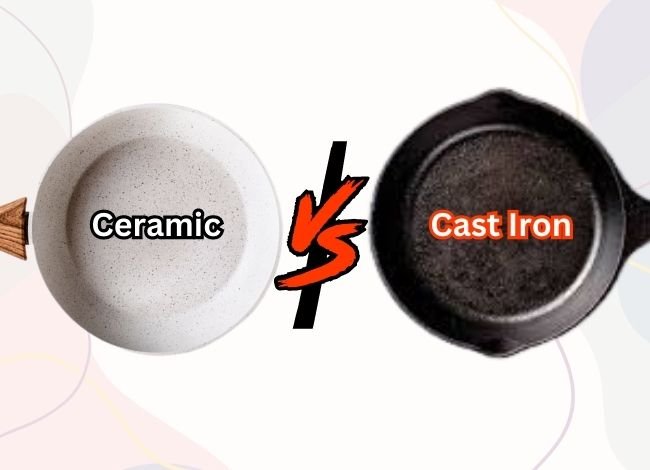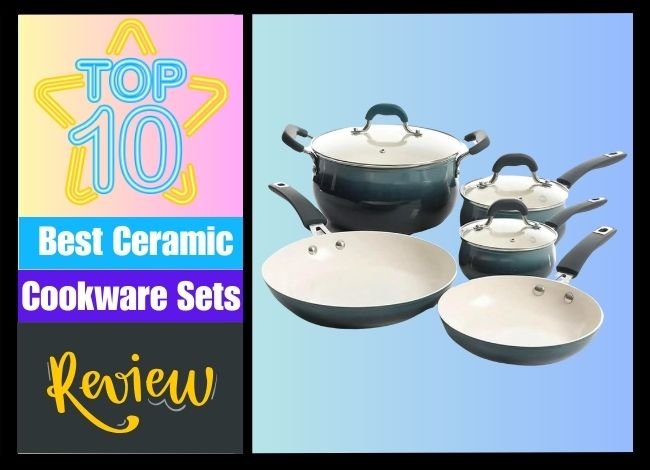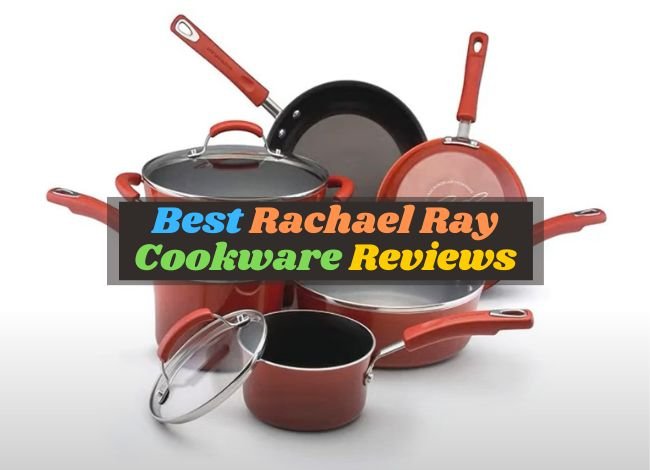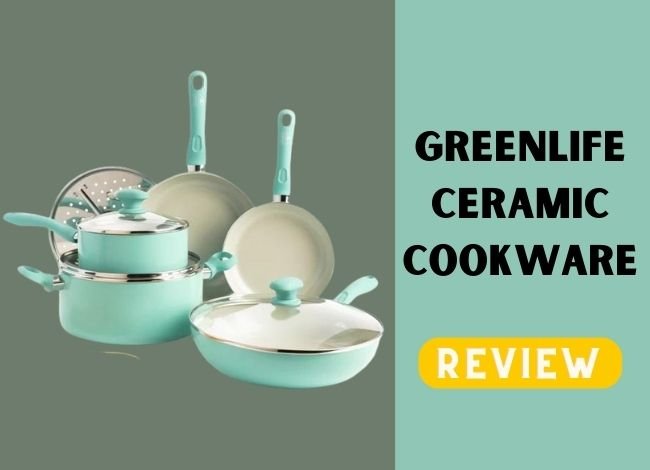Last Updated on January 18, 2024
Cast iron and ceramic cookware are popular among home cooks and professional chefs. Both materials offer unique benefits and features, but they also have their limitations. In this article, we will compare cast iron and ceramic cookware in terms of heat distribution, versatility, maintenance, durability, and price to help you decide which option best suits your needs.
Comparison Table:
Feature |
Cast Iron Cookware |
Ceramic Cookware |
|---|---|---|
| Heat Distribution | Excellent heat retention and even distribution | Quick and even heating, lower heat retention |
| Versatility | Suitable for various heat sources and cooking methods | Suitable for most heat sources, best for low to medium heat cooking |
| Maintenance | Requires regular seasoning, hand washing recommended | Low maintenance, often dishwasher safe |
| Durability | Extremely durable with proper care | Less durable, prone to chipping or cracking |
| Price Range | Generally affordable | Wide range, from budget-friendly to expensive |
Related Article Here:
Heat Distribution: Cast iron cookware is known for its excellent heat retention and even heat distribution, making it ideal for slow cooking, frying, and baking. Once heated, cast iron retains heat for a long time, ensuring consistent cooking results.
On the other hand, ceramic cookware heats up more quickly and evenly than cast iron but does not retain heat either. It is more suitable for low to medium heat cooking methods, such as simmering, sautéing, and reheating.
Versatility: Cast iron cookware is incredibly versatile and can be used on various heat sources, including gas, electric, and induction cooktops, as well as in the oven, on the grill, and over an open flame.
Ceramic cookware is also versatile and can be used on gas, electric, and glass-ceramic cooktops. However, not all ceramic cookware is compatible with induction cooktops, so always check the manufacturer’s guidelines. Most ceramic cookware is also oven-safe, but the maximum temperature may vary depending on the product.
Maintenance: Cast iron cookware requires regular seasoning to maintain its non-stick surface and prevent rust. After each use, it should be cleaned with a brush or sponge and warm water, avoiding soap or harsh detergents. Once dry, a thin layer of oil should be applied to the cooking surface.
Ceramic cookware is low-maintenance and easy to clean, thanks to its smooth, non-stick surface. It can be cleaned with warm water, soap, and a soft sponge, and many ceramic cookware pieces are dishwasher safe.
Durability: Cast iron cookware is extremely durable and can last for generations with proper care. It is resistant to scratches and can withstand high temperatures, making it suitable for various cooking techniques.
Ceramic cookware is less durable than cast iron, as it can be prone to chipping or cracking if dropped or subjected to sudden temperature changes. However, proper care of high-quality ceramic cookware can still last for many years.
Price: Cast iron cookware is generally more affordable than ceramic cookware, offering excellent value for money. However, prices can vary depending on the brand and product line.
Ceramic cookware tends to be more expensive than cast iron, particularly for high-quality, eco-friendly options. However, the price range for ceramic cookware is wide, with budget-friendly options available as well.
Conclusion: When deciding between cast iron and ceramic cookware, consider factors such as heat distribution, versatility, maintenance, durability, and price. Cast iron cookware is an excellent choice for those who want long-lasting, versatile cookware with excellent heat retention. Ceramic cookware is ideal for those who prefer low-maintenance, easy-to-clean cookware that heats quickly and evenly, particularly for low to medium heat cooking methods.
Ultimately, the choice between cast iron and ceramic cookware depends on your cooking preferences, lifestyle, and budget. Some home cooks may even choose to invest in both types of cookware, using cast iron for slow cooking, frying, and baking, while reserving ceramic cookware for simmering, sautéing, and reheating.
Considering the factors discussed in this article, you can make an informed decision and select the cookware that best meets your needs and preferences. Whether you choose cast iron or ceramic cookware, investing in high-quality products will ensure better cooking results and long-lasting performance.




